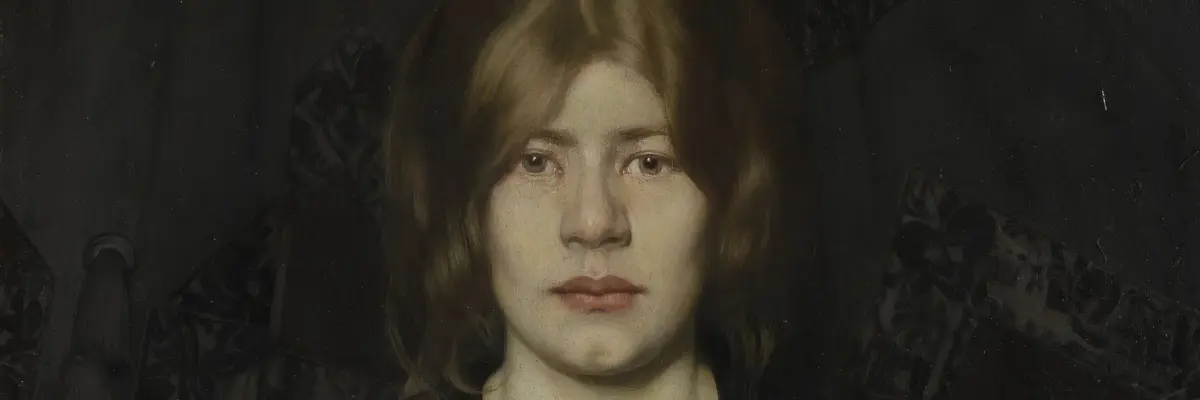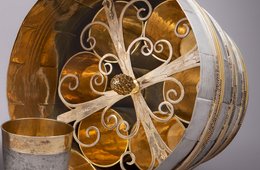text 2
During the provenance research conducted as part of the “Daphne” project, the list written by Wolfgang Balzer setting out his selection was rediscovered. This was the key to identifying the works in the museums of the Staatliche Kunstsammlungen Dresden, since markings on the items could now be correlated with the list. Interior photographs taken in the villa on Bautzner Landstraße, which give an impression of the luxurious furnishings and enable several works of art to be identified beyond doubt, enabled the research to be brought to a successful conclusion.
The photographs were in an album made available by the descendants of the collectors, with whom the researchers had made contact. Now the whole story of the collection could be reconstructed. In the 19th century the Weigang family were the owners of a large and prosperous printing company in Bautzen, the “Chromolithographische Kunstanstalt und Steindruckerei Gebrüder Weigang”. The family’s first home there is still standing and Bautzen’s municipal museum still holds numerous works of art that were provided or donated by this art-loving family.
The Staatliche Kunstsammlungen Dresden were very fortunate in that the descendants were prepared to negotiate the possibility of the works of art remaining in Dresden. The talks were ultimately successful, and the Staatliche Kunstsammlungen succeeded in purchasing the entire collection and – in keeping with the wishes of the Weigang family – permanently securing them for the public. In addition to the two masterpieces mentioned above, the collection includes, for example, two porcelain bowls from the Edo period (17th century), which can continue to be admired in the Zwinger and which are among the earliest examples of cobalt blue underglaze décor.




![[Translate to English:] Kunstgewerbemuseum gelber Kasten mit vier Füßen](/fileadmin/_processed_/2/5/csm_kg-dauerausstellung-ausstellungsteaser-portal_9f9692154c.jpg)


